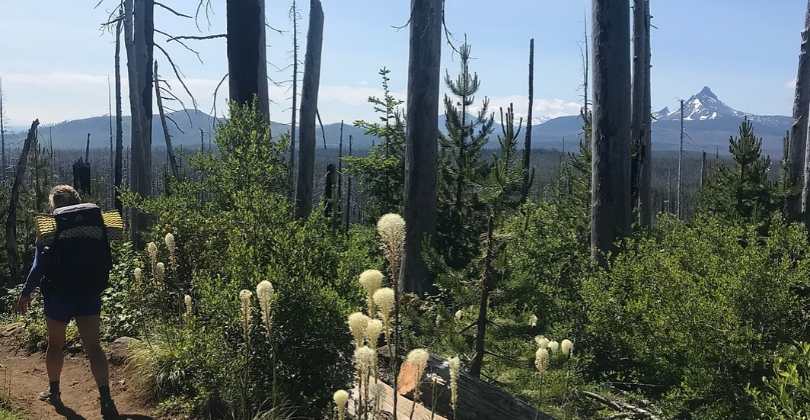How to Avoid Getting Lost

There are a few simple tricks to prevent you from losing your way on a faint or poorly marked out and back trail. Most people have seen cairns (stacks of stones) along picturesque trails. This practice was originally created as a way for hikers to market their path, however, it’s turned into a trendy fad that can cause confusion and a negative impact on the environment when used excessively. Which is why it’s great to have a few tricks up your sleeve to keep the rescue searchers bored. Below are a few tricks you can employ to mark the trail without harming the environment.
ENVIRONMENTAL MARKERS
The environment offers a plethora of materials you can use to mark your way. Rocks, pine cones are sticks can be formed to create an arrow that point into the correct return direction. Place them on the ground but to the side of the main trail so that you can easily see it and it won’t get trampled.
DEDICATED MARKERS
Markers can be incredibly effective but only appropriate in certain circumstances. Trail ribbons and reflective tags are often used for long-distance trips far off of the grid. Make sure you pick them all up on the return.
In case all of your methods fail you and you find yourself lost, do no panic and immediately S.T.O.P.
S— stands for stop. If you keep pushing forward in a pic you will not only venture deeper into the belly of the forest but you will become frantic and will suffer the physical consequences. Instead, stop and take a few deep breaths. Sit down, and eat a small snack to regroup.
T— stands for think. Now that you’re regrouped it’s time to trace back what you remember. Which direction were you going? What was the last landmark that you recognized? How long has it been since you saw it?
O— stands for observe. Take a few moments to really look around you. Can you see any landmarks? Do you recognize any surrounding mountaintops or valleys? Can you find anything you observe on your map? Pull out your cell phone and take a look at your pictures. Do you see any landmarks in them? How long ago were you there? The average hiker with a pack hikes 2 miles an hour. Now consider how long you’ve been hiking. Observe how long you have until sunset and any changes, or expected changes, in weather. Look around and take note of any natural shelters nearby and dry fuel for a fire.
P— stands for plan. Don’t make any further steps and expend more energy until you’re ready to do so methodically with a plan. Take all of your observations and decide what move makes the most sense. Do you have enough daylight to attempt to retrace your steps? If you have a whistle, have you tried blowing it to see if someone can hear you? Is a dark chill creeping in and fire a priority?